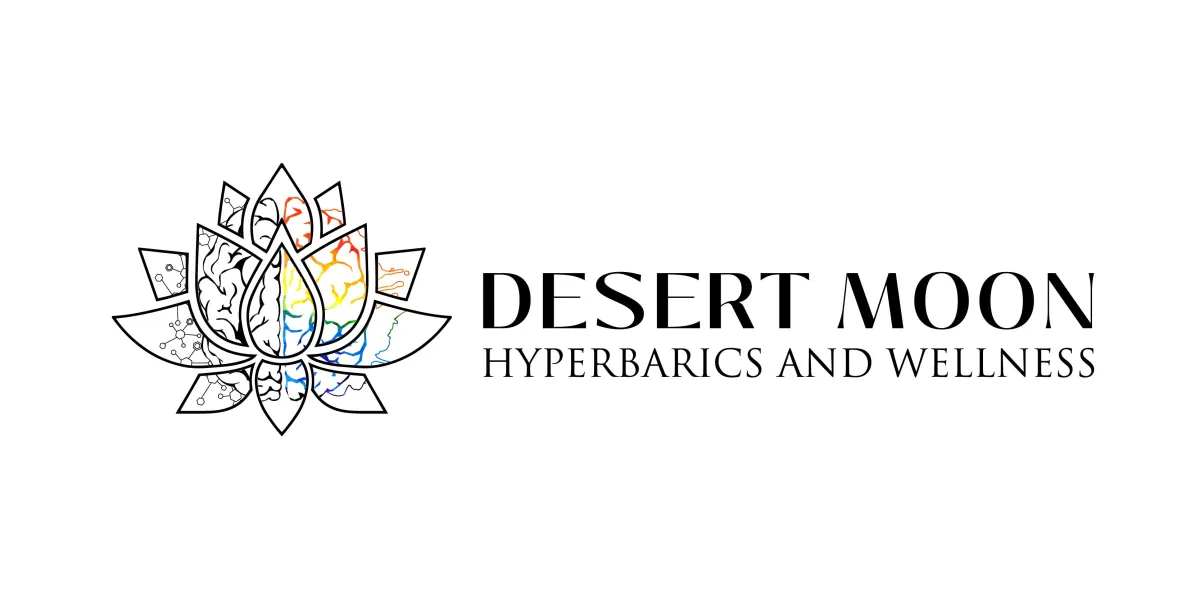Oops! This Page Took a Detour.
The page you’re looking for isn’t here. But don’t worry — wellness is just one click away.
***Statements on this website are not evaluated by the FDA. This information is not intended to diagnose, treat, cure, or prevent any disease.***

